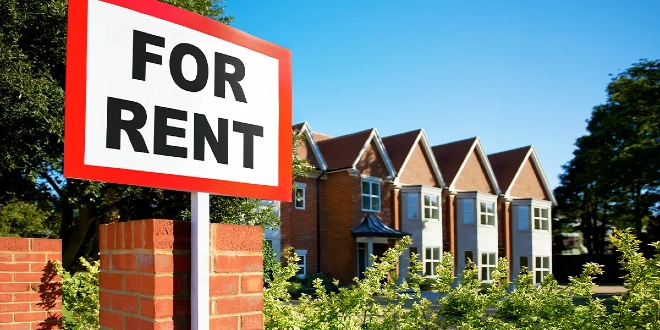The number of rental properties available under the Housing Assistance Payment (HAP) Scheme has continued to shrink since December 2024, according to the latest report by the Simon Communities of Ireland. The quarterly Locked Out of the Market survey, which reviewed rental availability across 16 locations during three dates in March 2025, identified only 41 properties within HAP discretionary limits. This marks a drop of 11%, or five fewer properties, compared to the previous quarter.
The report noted that 31 of those 41 properties were in Dublin. In contrast, ten of the 16 surveyed areas—including Co Leitrim, Athlone, Cork suburbs, Sligo, and Portlaoise—had no rental homes within HAP limits at all. Dublin continues to be the primary location where HAP discretion, which allows up to 50% above the standard rent threshold, is more widely used. Other areas are limited to 35%, making it harder for those outside the capital to find suitable housing.
Meanwhile, the overall rental supply in the first quarter of 2025 has fallen by 9%, with just 1,119 properties listed for rent nationwide. Sligo and Portlaoise saw the lowest availability, with only five and two listings respectively.
Ber Grogan, Executive Director at the Simon Communities of Ireland, said the figures underscore a worsening crisis in Ireland’s rental market—particularly for low-income households relying on HAP. With the majority of HAP-eligible rentals found in Dublin, the rest of the country remains largely excluded from viable rental options.
Grogan emphasized the urgency for government intervention, stating that outside the capital, HAP recipients face an almost impossible task of securing affordable accommodation. She called for a one-year extension of rent pressure zone legislation to offer short-term relief while broader reforms are developed.
Government Response and Context
In response, the Department of Housing acknowledged the report but highlighted that it is based solely on listings from Daft.ie. They noted that other studies suggest around 45% of medium-scale landlords use alternative platforms or methods to advertise rentals.
The Department also reiterated that local authorities have discretion to exceed standard HAP limits by up to 35%, or 50% in Dublin’s case, especially to assist homeless households. By the end of 2024, 69% of households receiving HAP were benefiting from this flexibility, with an average rent support 29.2% above the standard ceiling.
At the close of 2024, approximately 54,000 households were active HAP recipients. Weekly, an average of 156 new tenancies were being established, and 499 new HAP-supported rentals were recorded in March 2025—the period covered by the Simon Communities report.
Despite this, advocacy groups maintain that these measures fall short of addressing the chronic undersupply and growing affordability gap, stressing that systemic, targeted actions are urgently needed.
 The Daily Star Ireland
The Daily Star Ireland



